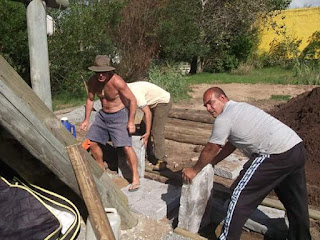Bushido
Japanese rock gardens go back hundreds of years. Their existence was first documented during the rise of Zen Buddhasism around the 12th century, but historians believe it might even date as far back as the 8th century. This was during the Heian period when great change was happening among the Japanese people. The philosophy of Zen Buddhism, which was introduced to Japan by China, gained popularity among warlords and samurai’s. Historians believe they enjoyed the gardens because of their focus on self-discipline and control.
Though Japanese rock gardens are mainly associated with Zen Buddhism, the Japanese Religion of Shinto also contributes to their importance. Shinto is an ancient Japanese religion that predates the historical records of the islands. The religion believes spirits and gods live in nature and dwell in rocky areas or large boulders. This is, in part, the inspiration for Japanese rock gardens, but Japanese culture and Zen Buddhism keep the tradition alive.
When people refer to the similarities between Zen Buddhism and Japanese rock gardens, they often compare it to the koan. A koan is a Zen riddle meant to inspire enlighted thinking. People who discuss these differences believe both Zen Buddhism and Japanese rock gardens must be contemplated and observed to locate enlightened thought.
Many people in Japan meditate in Japanese rock gardens that were created centuries ago. In fact, the world's oldest garden planning manual, which is called Sakuteiki, was published in the 1000s as a way of helping rock garden practitioners. Sakuteiki taught designers how to place their stones, how to select the perfect rock, and how to create intricately raked patterns. [1]
And so the days of the Samurai had ended. Nations, like men, it is sometimes said, have their own destiny. As for the American Captain, no one knows what became of him. Some say that he died of his wounds. Others, that he returned to his own country. But I like to think he may have at last found some small measure of peace, that we all seek, and few of us ever find. - Simon Graham [The Last Samurai]
[1] Architectural Study dot come - Japanese Rock Garden History: Tools & Significance























Comments
Post a Comment